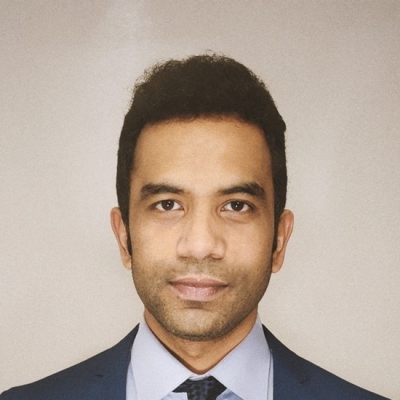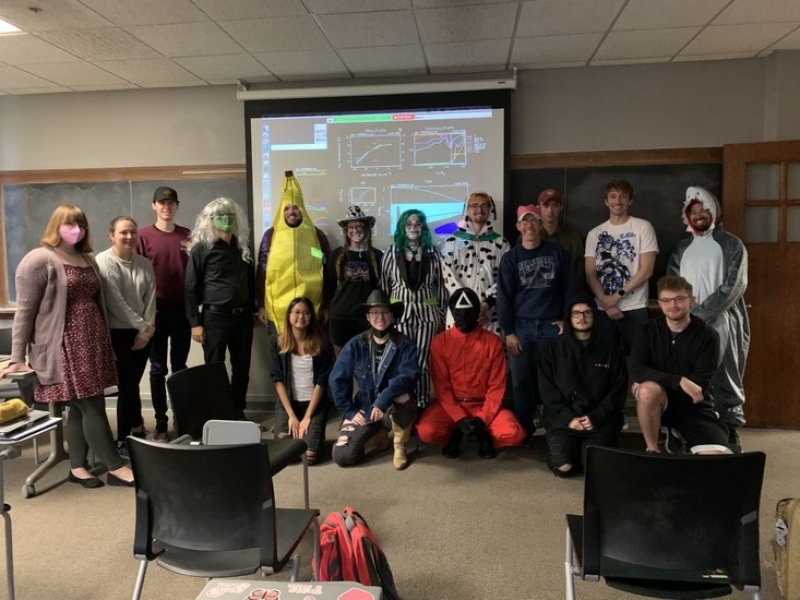
Students in the Stellar Astrophysics class.
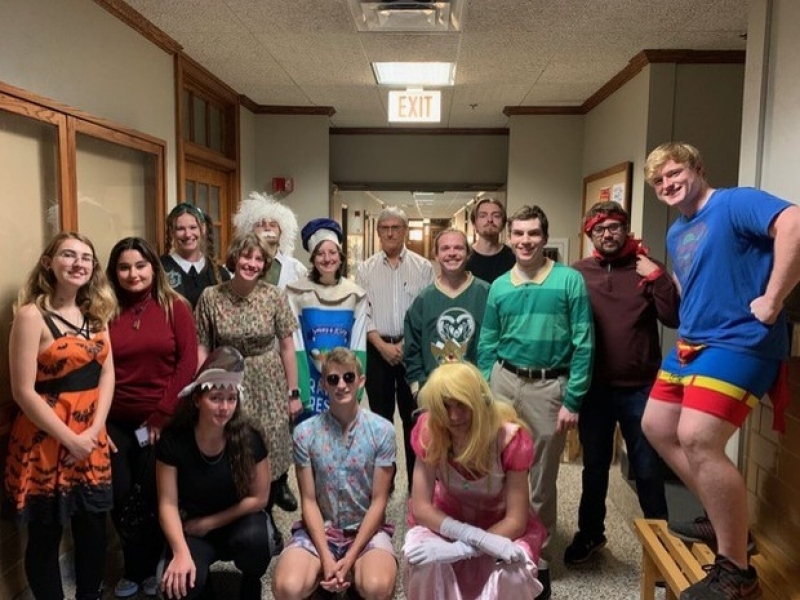
Photos from the SPS Halloween party, provided by Emily Tipton.
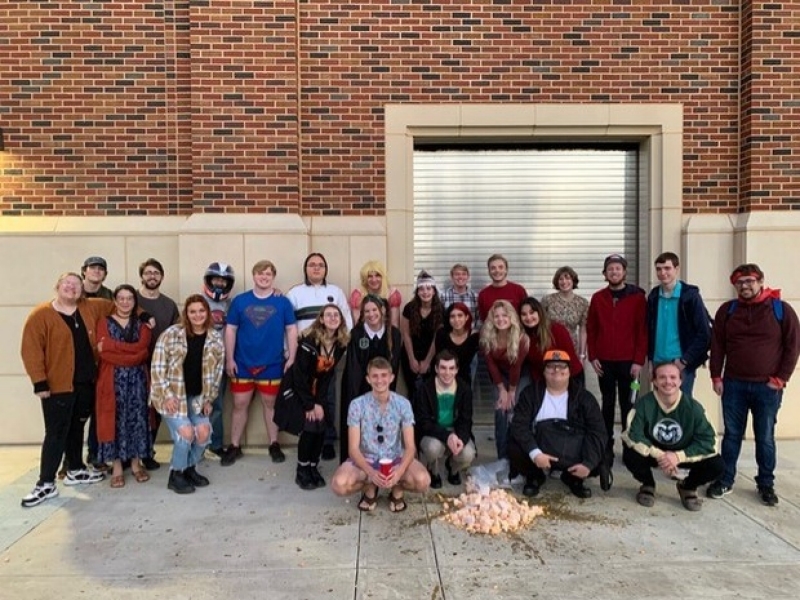
SPS Halloween party outside!
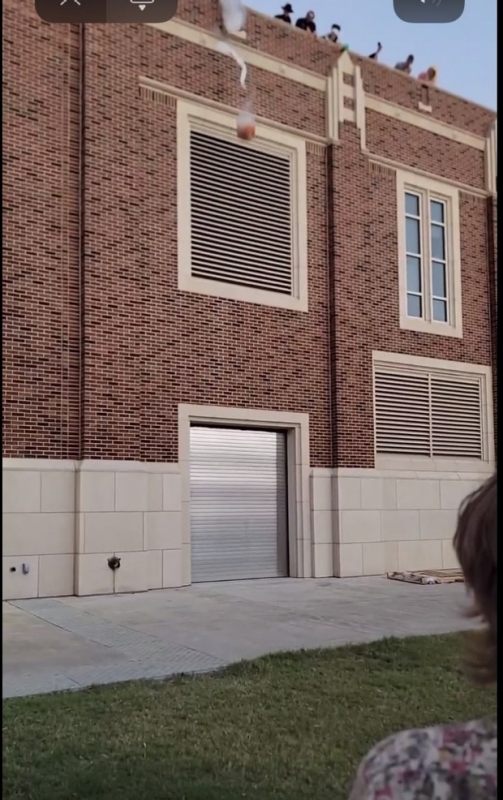
There goes the pumpkin!
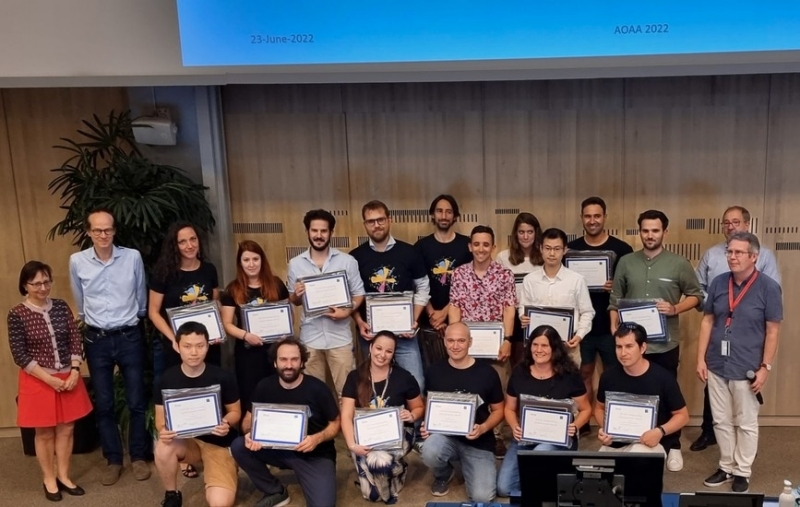
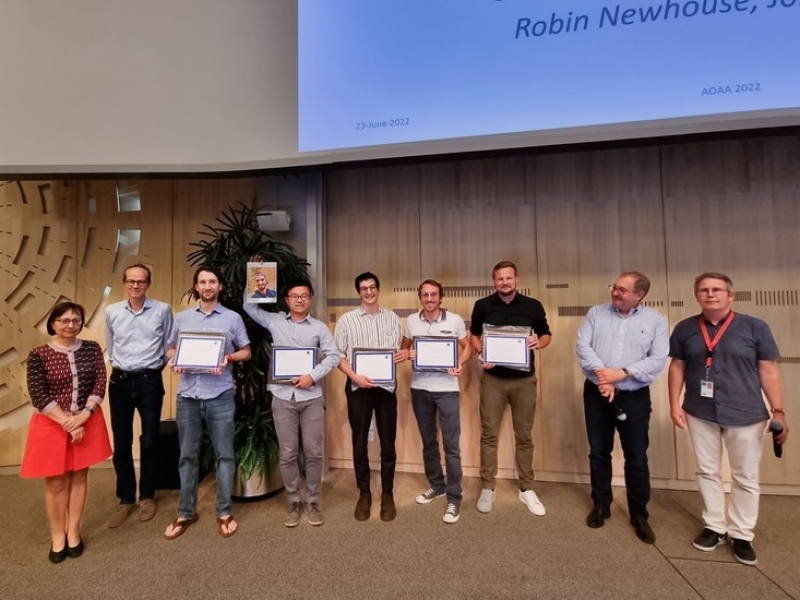
Muhammad Alhroob, high energy experimental postdoc, won an Outstanding Achievement Award from the ATLAS Collaboraton at CERN for outreach work.
John Stupak, faculty member in the high energy group, and postdoc Gustavo Giuliano won an ATLAS Outstanding Achievement Award for work related to tracking for long-lived particles. Once every two years, these awards recognise the invaluable technical work made across the collaboration in all areas. After an extensive review of 84 nominated candidates, the ATLAS Collaboration Board Chair Advisory Group, acting as the Awards Committee, decided to assign awards to four individuals and five groups across diverse categories.
Muhammad's award citation reads "For outstanding contributions to the ATLAS outreach activities", while John and Gustavo's award citation reads "For outstanding contributions to the integration of large-radius tracking into the standard ATLAS reconstruction".
Congratulations Muhammad, John, and Gustavo - we're proud of you!
More information available here.
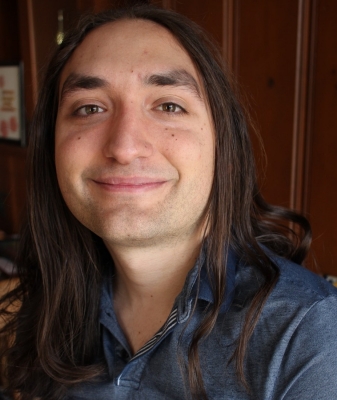
Stefan Laos
"I am interested in better understanding the processes stars undergo in the early portions of their lives using observational techniques.
While we have a general understanding on how stars form and evolve with time, we have yet to understand in detail many of their observed phenomena at young ages (stellar winds, magnetic fields, mass accretion).
My current work focuses specifically on the circumstellar disks of young stars. I am analyzing high contrast imagery of nearby disks (e.g. AU Mic) to reveal the intricacies in their complicated structure and its time evolution. My work has also focused on better understanding recently identified "Peter Pan''-disk systems, which have observational evidence of harboring primordial gas disks at the surprisingly old ages of 45 Myr. Laos et al. 2022 analyzed Chandra X-ray observations to investigate the main suspected internal disk dispersal mechanism at work, x-ray induced photoevaporative stellar winds.
Overall, our results suggest Peter Pan disks may be a consequence of the low far-UV (not x-ray) flux incident on the disk in low-mass dM stars given their relatively lower levels of accretion over the course of their pre-main-sequence evolution."
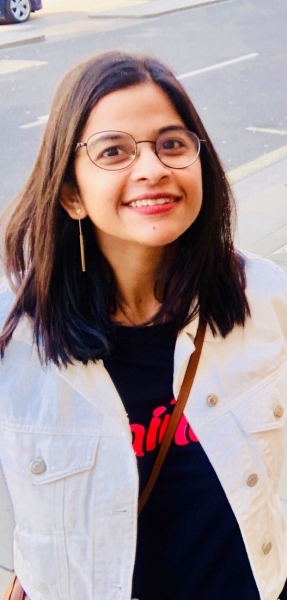
Saloni Bhatiani
"My research falls in the realm of extragalactic astrophysics, particularly focused on Galaxy clusters and Gravitational Lensing of Active galactic nuclei (AGNs).
I detect galaxy clusters using Optical/NIR data from Kitt Peak Mayall 4m telescope and the APO 3.5m telescope to learn about how galaxies evolve with time.
I also use a cool technique called quasar microlensing using Chandra X-ray telescope to hunt for planet mass objects in galaxies billions of light-years away. These mysterious planet-scale objects are expected to be either primordial black holes that are born in the early universe or possibly free-floating planets that are abandoned by their parent stars."
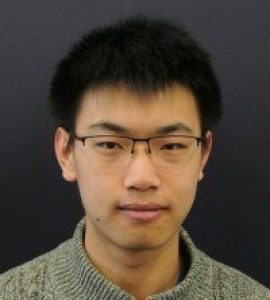
Yicheng Zhang
AMO Dodge Family Endowment postdoc
Dr. Yicheng Zhang completed his physics Ph.D. at Penn State in 2021. His research focuses on the out-of-equilibrium quantum many-body systems, particularly one-dimensional lattice models related to state-of-art ultracold atom experiments. He uses a mix of analytical and numerical methods to study how closed quantum systems relax to local equilibrium and the role of quantum entanglement. He actively collaborates with experimental AMO groups to realize his ideas.
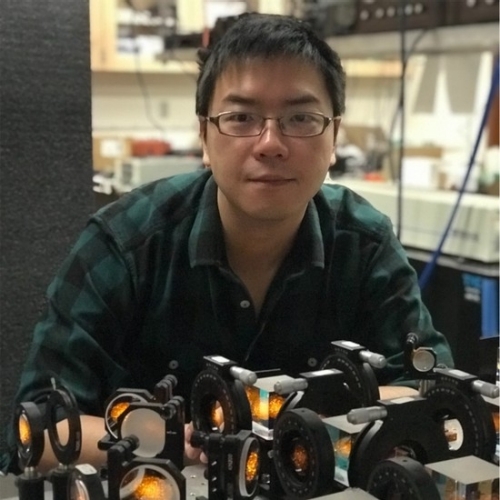
Shan Zhong
(to start end of 2022/early 2023)
Dr. Shan Zhong will be working on the implementation of a magneto-optical trap (MOT) to interface a Rb cold atomic ensemble with resonant quantum states of light. The goal is to study the effects of a quantum drive on quantum synchronization in a spin-1 system.

Hoang-Van Do
Member of Grant Biedermann's group
B.S. 2014 École normale supérieure
M.S. 2016 École normale supérieure
Ph.D. 2020 European Laboratory for Non-linear Spectroscopy (University of Florence)
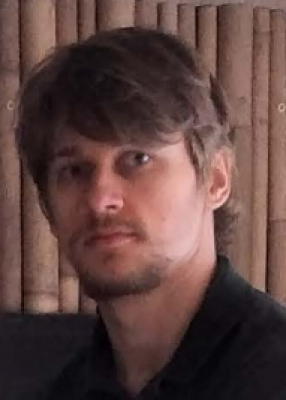
Marius Gaudesius
Member of Grant Biedermann's group
B.S. Physics 2013, University of Copenhagen
M.S. Physics 2015, University of Copenhagen
Ph.D. Physics 2021, University of Nice Sophia Antipolis
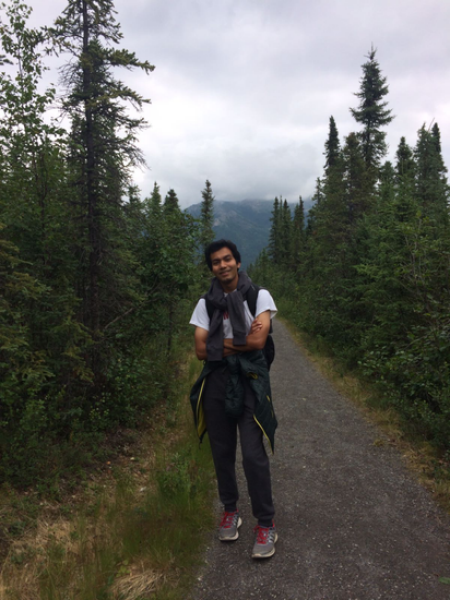
Balakrishnan Viswanathan
Member of Doerte Blume's group
Dr. Balakrishnan Viswanathan (Bala) did his undergraduate and graduate degree (M.S) program in electrical engineering and then switched over to physics for his doctoral work.
He received his PhD in physics, under the mentorship of Prof. Julio Gea-Banacloche, from the University of Arkansas in Spring 2020. His doctoral research was on theoretical quantum optics. More specifically, his work focused on studying quantum nonlinear optical schemes at the single-photon level for quantum logical operations.
In summer 2020, Bala joined Prof. Mayukh Lahiri’s Theoretical Quantum and Optical Physics group at Oklahoma State University as a postdoctoral fellow where he worked on the theory of quantum imaging with undetected photons and its resolution limits, in the near-field configuration.
Bala joined Prof. Doerte Blume’s group as a postdoctoral research fellow in Fall 2022 where he will carry out theoretical research on quantum synchronization in very close collaboration with the experimental groups of Prof. Alberto Marino and Prof. Grant Bidermann.
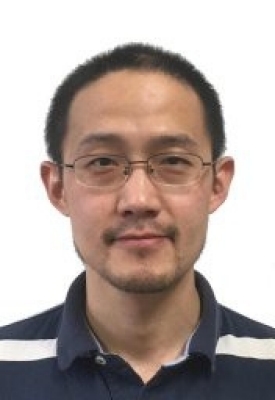
Hong-yi Xie
CMT Dodge Family Endowment Fellow
Dr. Hong-yi Xie got his PhD at the International Centre for Theoretical Physics (ICTP) in Trieste, Italy, in 2012.
As a graduate student, Hongyi worked under the supervision of Michele Fabrizio, Vladimir Kravtsov and Markus Muller in the problem of Anderson localization in systems with competing channels. After leaving ICTP, he became a Welsh Postdoctoral Associate at Rice University until 2016, and then an Assistant Scientist at University of Wisconsin-Madison from 2016 to 2019. Before joining OU, Hongyi was an Associate Research Scientist in the Division of Quantum State of Matter in the Beijing Academy of Quantum Information Sciences, where he was a group leader.
Hong-yi has 20 published scientific papers and has worked extensively on the transport properties of quantum systems that involve disorder, many- body interactions and nontrivial topology.
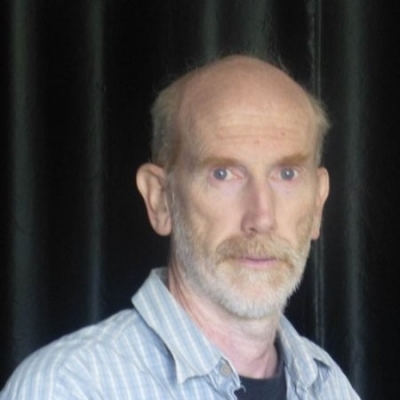
Vincent Whiteside
Research Scientist in Condensed Matter
Dr. Vincent R. Whiteside is a research scientist in the Homer L. Dodge Department of Physics & Astronomy condensed matter group at the University of Oklahoma.
He received his PhD in physics from the State University of New York at Buffalo in 2011. After serving a one-year postdoc position in Bruce D. McCombe’s laboratory in SUNY Buffalo, he joined Ian Sellers’ Photovoltaics Materials and Devices Group at OU.
In addition to photovoltaic research, areas of interest include light-matter interactions involving the development of photodetectors, lasers, and IR flat lenses. He is also interested in ultra-fast spectroscopy to investigate electronic spin and magnetic behavior of complex material systems.
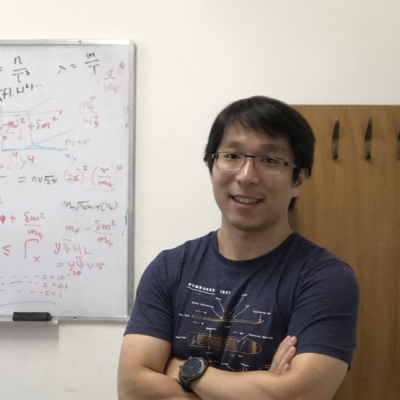
Tao Xu
Member of Kuver Sinha's group
Dr. Tao Xu earned his Ph.D. from Zheijing University in 2019. For his first postdoctoral stint, he was at the Racah Inst. of Physics, Hebrew University of Jerusalem. In September 2022, he joined OU as a postdoctoral researcher.
Dr. Xu's expertise lies in primordial black holes, astroparticle searches for dark matter, and direct detection of dark matter candidates like axions using condensed matter systems. His research profile is available here.
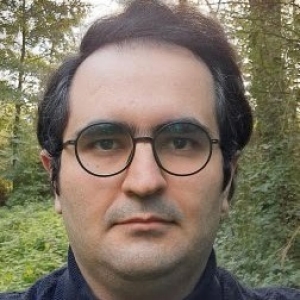
Fazlollah Hajkarim
HEP Dodge Family Endowment Fellow
Dr. Fazlollah Hajkarim did his undergraduate studies at the Islamic Azad University in Tehran, Iran. He subsequently earned his Ph.D. from the University of Bonn in 2018, under the supervision of Prof. Manuel Drees. His first postdoctoral stint was at the Goethe-Universität Frankfurt am Main, where he performed research from 2018-2020. This was followed by a postdoctoral position at the University of Padua from 2020. He will join the University of Oklahoma as a Dodge Fellow from January 2023.
Dr. Hajkarim is an expert in early Universe cosmology, primordial black holes, dark matter, and the physics of axions. He has published 15 papers in peer-reviewed journals, with over 450 citations. One of his papers on the effect of the QCD equation of state on the relic density of dark matter has over a hundred citations.
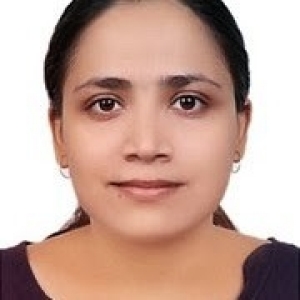
Juhi Dutta
HEP Dodge Family Endowment Fellow
Dr. Juhi Dutta earned her Ph.D. from the Harish-Chandra Research Institute in India in 2019. Her first postdoctoral stint was in the Institute of Theoretical Physics at the University of Hamburg. She joined OU as a Dodge Fellow in September 2022.
Dr. Dutta's expertise lies in collider phenomenology and supersymmetry. She has published 12 papers in peer-reviewed journals, with over 200 citations.
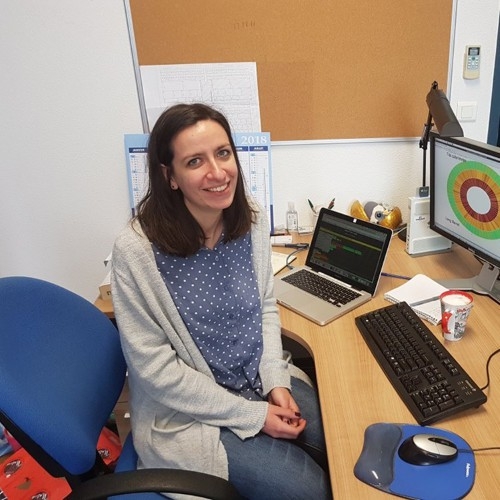
Marija Marjanovic
HEP Dodge Family Endowment Research Scientist
Dr. Marija Marjanovic will join OU as a research scientist from December 2022. She leads the OU effort on the ATLAS inner tracker pixel detector for use at the High Luminosity LHC. She also works on OU data analysis projects using data collected by the ATLAS detector, most recently a search for vector-like leptons to be submitted for publication in the near future. She is also contributing to the cross-section measurement of the electroweak production of the top quark, which will also be used to set confidence level limit on non-standard model phenomena.
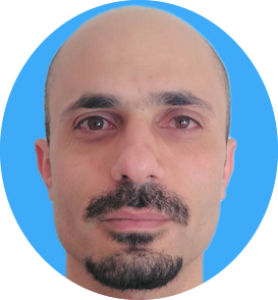
Muhammad Alhroob
Dr. Muhammad Alhroob is a postdoctoral researcher at OU.
He contributed to the cross-section measurement of the associated production of the top quark with a Z boson. He is continuing this research with the measurement of the differential cross section with the ultimate goal producing an effective field interpretation of the result searching for anomalous coupling between the fermions and boson participating in the interaction.
He has also contributed to the cross-section measurement of three W boson production, which probes the multi-vector boson gauge coupling. In progress is the cross section measurement of WW+photon, which is another study of the multi-vector boson gauge coupling.
The deadline for applying for the Conferences for Undergraduate Women in Physics (CUWiP) is coming up---it's Monday, Oct. 31, 2022; 5pm EST.
CUWiP is an awesome experience for women and allies in physics and astronomy. The conference offers many networking opportunities, and past participants have come away energized and empowered!
The conference will be held January 20-22, 2023. It is expected that applicants from Oklahoma will be admitted to the Texas Christian University (TCU) site. Please see the CUWIP agenda for more information.
Financial support can be secured from OU's Department of Physics and Astronomy; WiP leadership is more than happy to help with this! Once you are accepted, please email Doerte Blume, and she will work with you to coordinate requesting financial support from the department for transportation and other expenses. Doerte will also be able to coordinate transportation.
We strongly encourage you to consider applying---it's a fun and bonding experience!
Bianca Azartash-Namin, Cora De Francesco, Maria Schutte, Doerte Blume
(for Women in Physics)
Our System Administrator Soumya Bhattacharya has begun a new position with OSCER.
We wish Soumya all the best in his new role at OSCER!
